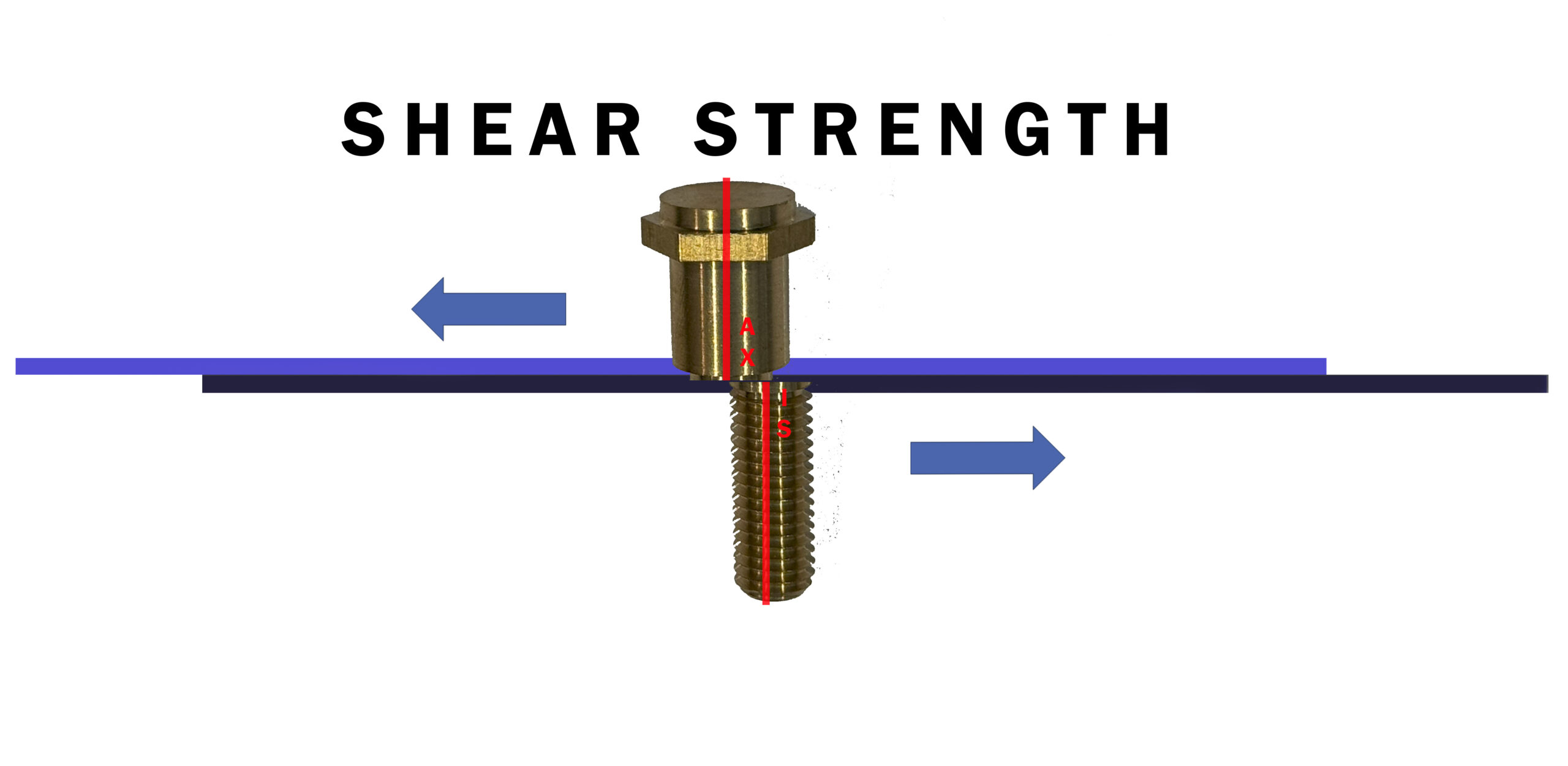In a world filled with next-generation materials, is there still room for the threaded insert? Even in non-electrified vehicles, weight has grown as safety protocols demand more safety systems. According to NADA, the average weight of a new vehicle sold in the US in 2022 was 4,329 pounds – 1,000
Threaded Inserts
Threaded inserts are fasteners that provide secure and reusable threaded holes for screws and bolts when the base material is not strong enough to ensure long-lasting durability. They are commonly used in softer materials such as soft metals, alloys, plastics, composites, and woods where native threads can break or deform when mated screws and bolts are over-tightened.
Threaded inserts are typically made from brass, stainless steel and aluminum. Materials are chosen by corrosion resistance, heat resistance, vibration resistance, thermal expansion compatibility, and other factors, depending on their compatibility with the base material.
For more information about threaded inserts or other types of industrial components, contact Components for Industry at 847-918-0333 or sales@componentsforindustry.com.
How Aerospace Engineers Use Threaded Inserts to Increase Assembly Efficiency
Boosting precision while reducing production costs: The role of threaded inserts in aerospace manufacturing In the aerospace industry, precision, durability, and efficiency are critical in every aspect of design and assembly. Threaded inserts play a significant role in meeting these demands by helping streamline the assembly process while ensuring structural
How Threaded Inserts Boost Strength and Minimize Weight in Aerospace Engineering
Every ounce counts in the aerospace industry. Meanwhile, strength is also at a premium because commercial aircraft like the Boeing 737 have to consistently fly upwards of 500 miles an hour while military aircraft like the F-35A Lightning II typically fly faster than two times the speed of most commercial
Which Fasteners Work Best in High-Vibration Composite Assemblies?
How to choose the best fasteners for plastic and composite materials in dynamic-load environments You’ll find composite materials in everything from everyday kitchen gadgets to high-performance electronics in cars and airplanes. That’s why engineers in these industries must select fasteners can withstand the intense vibration and dynamic stress that come
Heat-Set vs. Ultrasonic Inserts in Injection Molded Plastics
Selecting the Optimal Threaded Insert Seating Method for Industrial Applications If your plastic or composite assemblies require more strength, heat-set and ultrasonic inserts may be the answer. Heat-Set and Ultrasonic Inserts offer and require more pull-out strength than even traditional press-in inserts. Both of these inserts find their strength by
Understanding Shear and Tensile Forces in Composite Fasteners
Why traditional fastener designs may not work Over the last two decades – especially with the advent of heavy batteries in the automotive industry – the race for lightweight and high-performance composite assemblies has taken center stage. These assemblies, typically made from composites like carbon fiber and CFRP have become
Strength and Aesthetics: Fastener Integration Without Marring Injection-Molded Surfaces
How to Conceal Fasteners Without Compromising Design Strength In automotive industry product design, achieving both strength and aesthetics can be especially challenging. While incorporating fasteners are essential to the end design for reliable assembly, they can leave unsightly cosmetic flaws on injection molded surfaces. However, built from the ground-up with
Heat Set Inserts vs. Ultrasonic Inserts: Optimizing Fastener Selection for Injection Molded Plastic Assemblies
Fastener selection plays a vital role in determining long-term part integrity, assembly repeatability, and structural performance. Among the most widely used fastening methods for thermoplastics are heat set inserts and ultrasonic inserts. Both methods deliver durable, threaded metal connections, but they differ in how they interact with molded materials and
The Rise of Lightweight Fasteners: Meeting the Demands of EV and Aerospace Sectors
Why Fasteners Matter More Than Ever in Lightweighting Strategies As electric vehicles (EVs) and aerospace applications push the boundaries of lightweight design, every gram counts in modern designs. Engineers in these sectors know that fasteners – while often overlooked – can collectively contribute significant mass to modern designs. With automotive










